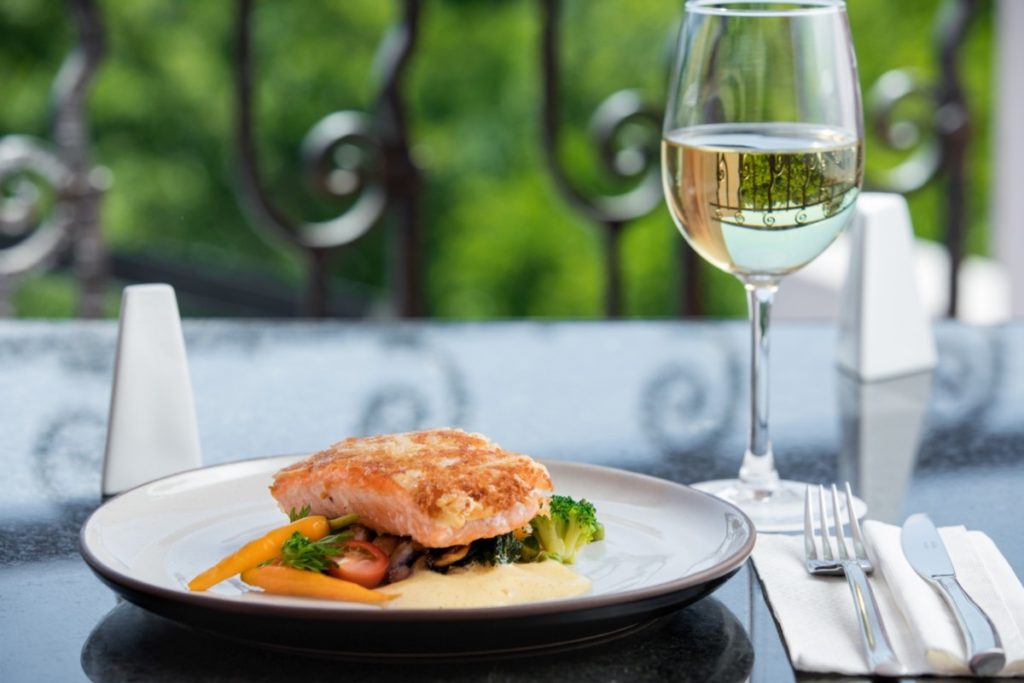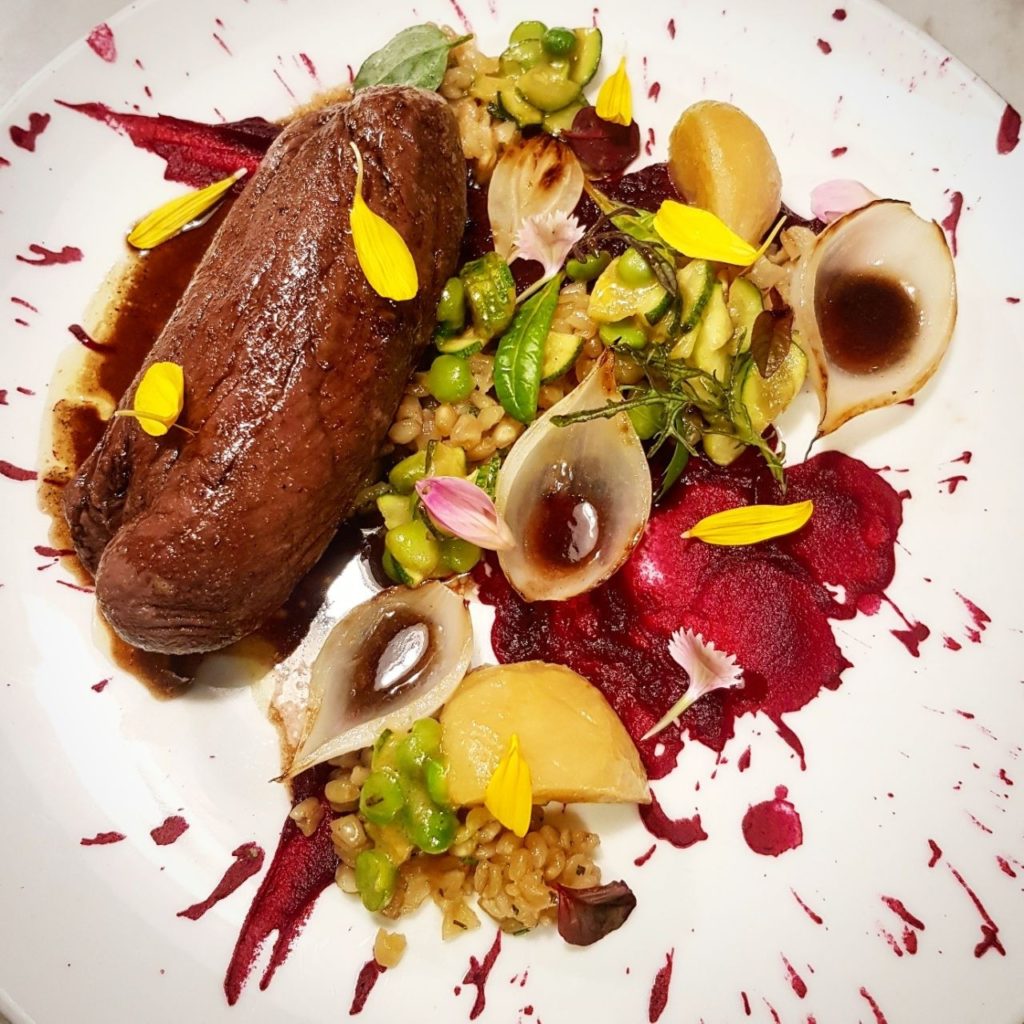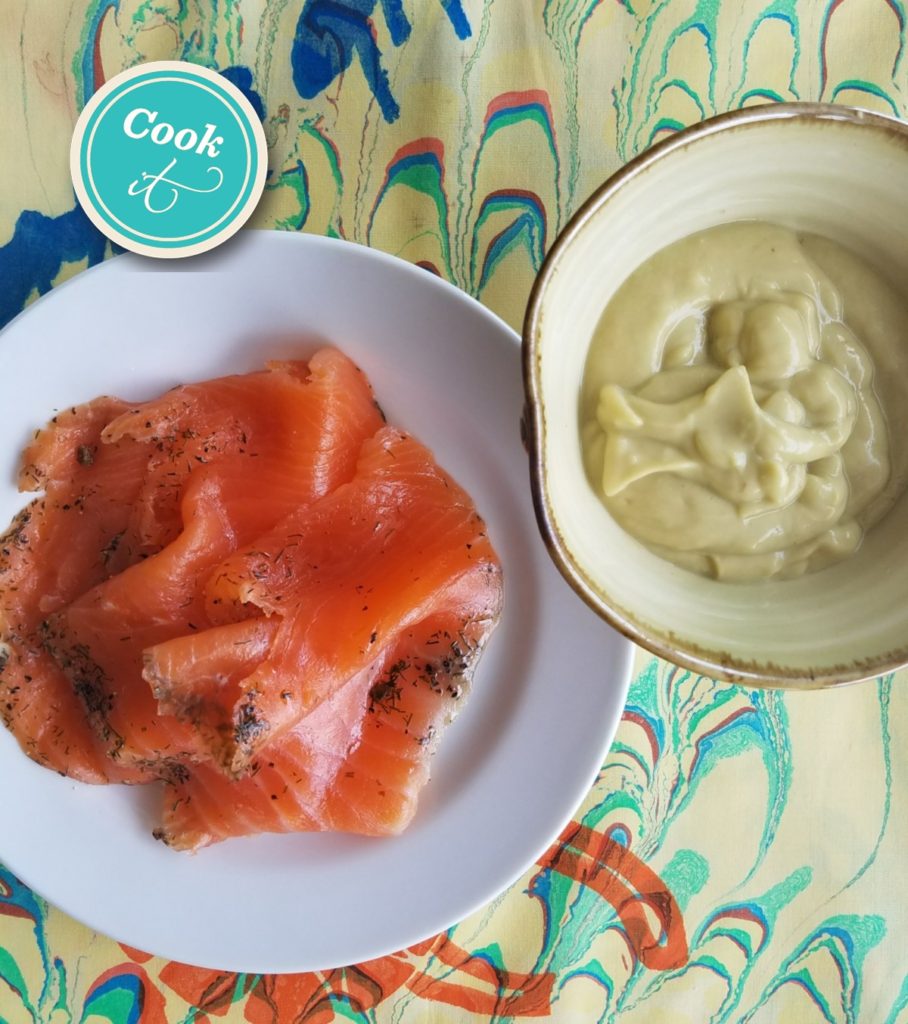Argentine Malbec has been on the lips of wine drinkers for years, and because of this wine producers on the other side of the Andes in Chile have worked hard to elevate their wine game. Valle de Rosario and Casablanca, fertile swaths of land between Santiago and Valparaiso, are now dotted with wineries like Viña Matetic that are as atmospheric as their Argentinian counterparts and as prolific, especially when it comes to expressions of crisp Sauvignon Blancs and hearty Cabernet Sauvignon.
It took a little more time for the restaurant scene in Santiago to catch up. Back in 2012, I went to dinner and brunch at several fashionable restaurants serving gorgeously plated dishes paired with various Chilean wines. While the quality of the ingredients was top notch, some dishes fell short of the “wow factor” defining contemporary dining experiences elsewhere.
Of course, a lot can change in five years. Santiago’s restaurants, under the direction of a new generation of chefs, are turning out inventive dishes that are as thoughtfully conceived as they are beautiful. This, in turn, works to the advantage of Chilean wines, whose best characteristics are properly enhanced by the foods they are paired with.
In 2012, I had an eight-course dinner Boragó, which opened in 2007 and was still riding high on its reputation as a Santiago trailblazer. It was hidden in plain sight in a residential section of the Vitacura neighbourhood, with interior fusing minimalist chic and a rustic country sensibility I would later encounter at Tierra del Sur, a then-new five-star resort inside Patagonia’s Torres del Paine national park.
Every morsel was painstakingly arranged atop stone slabs standing in for plates (a nod to indigenous culture, the chefs informed us). Even with European formalities and wine pairings, the chefs stressed that all ingredients were Chilean, down to heirloom vegetables and herbs from the garden flanking their restaurant.

Boragó was described in local media as the Chilean version of El Bulli (the fabled Barcelona birthplace of molecular gastronomy). Even though one dish was topped with a savoury foam a la El Bulli, what stuck in my memory was how the kitchen made “Chilean” food cutting edge, especially when compared to the family-style formats of farmer’s market and hotel restaurants. Dishes included rockfish topped with a crunchy chicharrón (pig crackling) sauce and a deconstructed tomato foccacia.
That earlier visit provided an interesting context for what I would enjoy in 2017 and 2018. The newer restaurants, some of which made San Pelligrino & Acqua Panna’s Top 50 Restaurants in South America list, have their own philosophies on taking Chilean cuisine into the 21st century while staying true to its rich agricultural roots. Even with these accomplished, well-travelled younger chefs and restaurateurs adding internationalism into the mix, it says a lot that Boragó is still holding on tight to their dining destination status, and staying innovative.
In the city’s nex-generation restaurants, the hallmarks of Spanish tapas and sharing plates set the stage for Santiago’s modern food culture. Along with that, there are many charming Japanese influences (referred to as “Nikkei” in Peru and Chile) and a few Italian and French flourishes thrown in for good measure. While beef and lamb are generally and uniformly excellent, standouts remain the salmon and other swimming delicacies caught along the coastline.
Hotel restaurant chefs are taking strides towards modern adaptations of traditional recipes, favouring lighter side dishes and condiments that allow natural flavours of proteins and produce to shine through. A fine example is The Glass, a rooftop restaurant at the Cumbres Vitacura Hotel, whose clientele is a mix of business travellers and cruise ship passengers.
The Glass’ menu introduces itself as offering “generations-old Chilean traditions rescued and revived using modern gastronomic techniques.” Although the restaurant doesn’t offer the kind of culinary adventure promised by Boragó and its successors, chef Claudio Úbeda has received numerous awards from top Chilean food magazines in 2016 and 2017 for his ability to craft dishes defying large hotel restaurant tropes. Although the menu included more eclectic selections such as sea urchins in fried bread and kidneys in a sherry sauce, I opted for basic appetizer and main course with beef and salmon, which were fresh, flavourful, and beautifully prepared.

After a six-hour walking tour covering essential Santiago sites (Plaza De Armas, Cerro San Cristóbal) and several hip enclaves enlivened with street art, I was ready for a tasting of Chilean Carmeneré, Pinot Noir and Cabernet Sauvignon. Bocanáriz in the Lastarria neighbourhood, based on the packed bars and tables alone, was clearly the place to do that. The surroundings reminded me of neighbourhood wine bars I visited in Bordeaux, Rome, Seville, and Split, Croatia. There was the familiar library-style arrangement of wine bottles, numerous chalkboards scrawled with the night’s specials, sturdy wooden tables, muted lighting, and witty gastronomy-themed quotes splashed on cream-coloured walls.
Our tasting was arranged ahead of time, and an interesting appetizer plate with pâté and cheese awaited us. A choice of a root vegetable tortellini or a lamb stew followed, as well as a dessert bursting with autumnal flavour and texture. The lamb stew, punctuated with dark leafy greens and mustard seeds, was an extraordinary partner for all the wines in the flight, fastidiously labelled on paper tags attached to the glass stems.
By dinner time the next evening, it hit me that the buzz-worthy spots my food-focused hosts (executives for LATAM airlines promoting its restaurant-inspired food program for economy cabins) chose for us were either built into former private homes or decorated to look as if they were. Ambrosia, a family enterprise revitalized by the founders’ daughter and San Pellegrino “Chef of the Year” Carolina Bazán and sommelier Rosario Onetto, was built into a modern bungalow-style house surrounded by wildflowers and tucked into a residential street in Vitacura.
Ambrosia offers a six- or nine-course tasting meal. Our group started with shared seafood tapas that included breaded fish, octopus in a squid-ink reduction, and a variety of salmon, tuna, and langoustine tartare-like plates jauntily dressed with panko, cauliflower purée, quinoa and microgreens. Picking a main course was challenging, so we ordered a few of the signatures and shared: Ravioli filled with egg yolk, herbs and goat cheese; Sous vide-cooked beef accented with mustard seeds and green beans; and rockfish resting on risotto with beets topped with a pea purée.
Chilean wine pairings, naturally, were offered, but the cocktails were irresistible. Along with the bar’s version of the classic pisco sour, there were a handful of excellent sweet and savoury cocktails, including a margarita seasoned and rimmed with merken (a blend of chili pepper, toasted coriander, and salt used by indigenous Mapuche people) and a zesty passionfruit mojito.
After a day trip to the wineries, my whirlwind food tour of Chile’s capital region was winding down. As traffic cooperated, and there were a couple of extra hours to spare, one of my fellow travellers and I chose to spend it in the Bellavista area, dominated by bars and restaurants appealing to young artists and college kids. Patio Bellavista was a prime place to people-watch and buy a few small paintings to take home. As she was leaving on an earlier flight, my companion scheduled her own multi-course dinner at Restaurante 040, inside the Tinto Boutique Hotel on a quiet side street in the neighborhood.

It did not take much to convince me to join her for a drink before heading to my own dinner with the rest of the group at Restaurante 99 in Vitacura. 040’s selling points included a new bar menu and cocktail sipping room, and a food concept devised by Spanish-born Sergio Barroso, who lists a stint at El Bulli among his many globetrotting accomplishments. Though Barroso could thrive anywhere, he stated in local media that it was the natural bounty of Chile that convinced him to stay and further refine his art. It was also interesting to observe that several dishes had at marked Nikkei influence along with a few other Asian flavours.
I joined the rest of the group at Restaurante 9 at around 7.00 pm. This shoe box-sized restaurant had several touches reminiscent of Boragó, from the use of stone slabs and tree trunk slices as serving pieces, to golden lighting and rough-hewn furnishings. Chef Kurt Schmidt (a veteran of European gastronomic destinations Noma in Denmark, Azurmendi in Spain, and Santiago’s own Boragó) has become a trailblazer in his own right, earning the repu dominated every course, along with surprising texture combinations, especially in a signature multi-mushroom dish. Dessert, though presented in a gravity defying fashion, was at its heart Christmas in a glass with wonderful flavours and textures of gingerbread, ice cream, and brown sugar.
The 1920s art deco building housing boutique hotel Luciano K (named for architect Luciano Kulczewski) dominated the skyline. While the 64-story Gran Torre Santiago now reigns as the tallest building in South America, Terrace K atop the property has its own strategy of making the classic building a culinary landmark in Lastarria.
The Terrace K kitchen’s creativity is evident in the refreshing reinvention of tapas staples using Chilean seafood and produce. Delicious adaptations included crab cakes enlivened with ginger, ceviche croquettes coated in panko crumbs, and octopus marinated in mustard and citrus. The main courses could easily fit into a “continental dining” category, but have definitively South American tweaks. The spinach and ricotta angelotti gets extra texture from quinoa, while a tapapecho (Chilean brisket) enveloped in corn pastry and merlot sauce felt like an elevation of what might be served in a Chilean home during the holidays.



